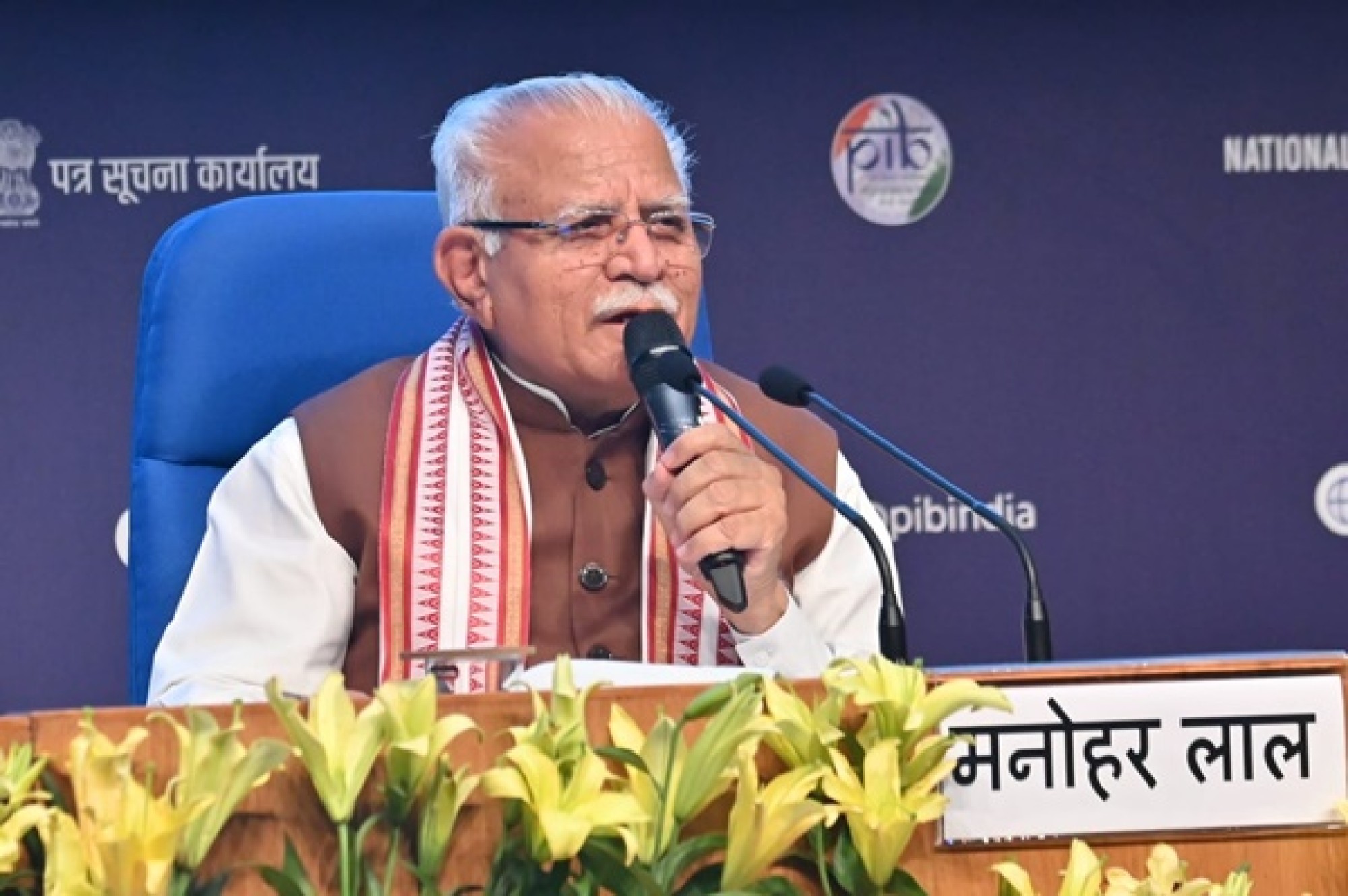India successfully met peak power demand on June 9: Manohar Lal Khattar
By EPR Magazine Editorial June 11, 2025 2:14 pm IST
By EPR Magazine Editorial June 11, 2025 2:14 pm IST

The country achieved a record-breaking addition of 34 GW in power generation capacity in 2024–25, with a significant 29.5 GW coming from renewable sources.
Union Power Minister Manohar Lal announced a major milestone in India’s power sector, declaring the nation power sufficient and well on its way to becoming power surplus. The Minister highlighted that India successfully met a record peak power demand of 241 GW on June 9, 2025, without any shortage—showcasing the strength and resilience of the country’s energy infrastructure. He credited this achievement to over a decade of sustained growth, infrastructure upgrades, and policy reforms in the power sector. Speaking at a press conference in New Delhi, the Minister reaffirmed the government’s commitment to achieving 100 percent household electrification and ensuring round-the-clock power availability for all citizens.
Manohar Lal further announced the approval of a Viability Gap Funding (VGF) scheme for 30 GWh of Battery Energy Storage Systems (BESS), in addition to 13.2 GWh already in progress. The ₹5,400 crore scheme is expected to attract private investment of ₹33,000 crore, with the goal of meeting India’s BESS requirements by 2028. To further promote storage, the government has extended the waiver of Inter-State Transmission System (ISTS) charges for energy storage projects until June 30, 2028. This move will benefit Pumped Storage Projects and BESS commissioned before the deadline, helping optimise transmission infrastructure.
The Minister also announced a transformative plan to roll out an Ultra High Voltage Alternating Current (UHV AC) transmission system, which will reshape the country’s power grid by 2034. Nine 1100 kV transmission lines and ten substations have been identified for development, with testing facilities already being established by the Central Power Research Institute. This ambitious plan involves an investment of ₹53,000 crore and aims to accommodate growing energy demands and renewable integration.
Addressing land acquisition challenges in transmission projects, Manohar Lal revealed that compensation for land used in laying transmission lines has been significantly increased. Compensation for tower areas has risen from 85 percent to 200 percent of land value, while compensation for Right of Way (RoW) corridors has been doubled from 15 percent to 30 percent. The revised guidelines, issued on March 21, 2025, have already been adopted by Haryana and Delhi.
To boost private investment and ensure financial discipline at the state level, the Late Payment Surcharge (LPS) Rules have been extended to cover Intra-State Transmission Systems. This reform, earlier applicable only to Inter-State systems, is expected to facilitate the expansion of intra-state networks, making them more capable of absorbing renewable power.Manohar Lal also announced that India added a historic 34 GW of new generation capacity in FY 2024–25—the highest ever in a single year—with 29.5 GW coming from renewable energy. This addition has pushed the nation’s total installed capacity to 472.5 GW, up from 249 GW in 2014, marking a major leap in clean energy adoption.
Further enhancing grid flexibility, the first 250 MW unit of the Tehri Pumped Storage Project (PSP) in Uttarakhand has been commissioned. This project will support peak demand management and the seamless integration of renewable energy into the grid.
As a result of all these efforts, the national energy shortage has dropped to a record low of 0.1 percent as of April 2025, compared to 4.2 percent in 2013–14. This dramatic improvement reflects the success of India’s comprehensive strategy to enhance both power generation and transmission capabilities. The Minister concluded by emphasising the government’s unwavering focus on building a resilient, inclusive and future-ready power sector for the nation.
We use cookies to personalize your experience. By continuing to visit this website you agree to our Terms & Conditions, Privacy Policy and Cookie Policy.